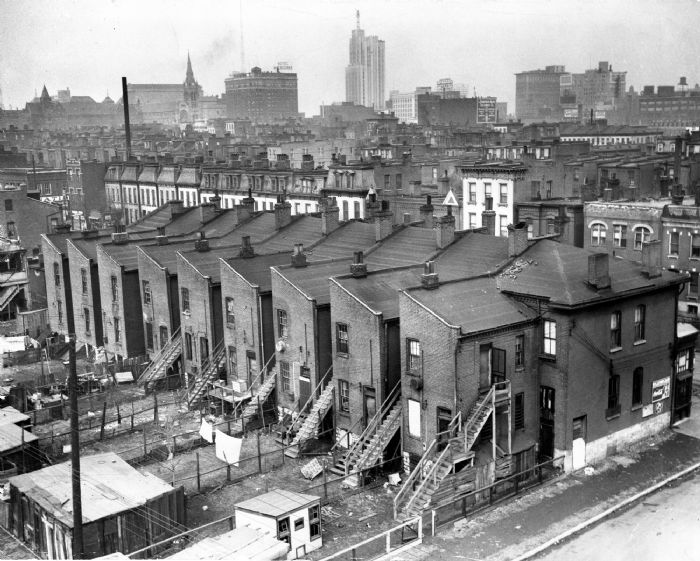
Architecture and infrastructure are worthy of study in themselves, but often they signify more complex cultural meanings, mask efforts to erase or reorder the city, and conceal histories of injustice. This course presents methods for “reading” the built form of the American city to decode histories of architecture, culture, public policy, and economics. City space can be read literally, but this course will unpack the symbolic meanings of urban spaces, neighborhoods, buildings, and sites. Students learn methods for understanding and analyzing the city’s form before delving into a specific case study of the Mill Creek Valley. As St. Louis’ largest African-American neighborhood, but almost completely erased between 1959 and 1965 using city and federal funds, the site of the neighborhood remains a potent and under-examined part of St. Louis.
The course will examine the history of the neighborhood as well as related histories of federal and local urban renewal policies, African-American cultural history, and historic preservation. We will use local archives to attain and apply primary source documents vital to urban history including census records, building permits, municipal ordinances, and insurance maps. Additional readings will offer insights into possible methods for interpreting and commemorating places that illuminate the urban built environment’s historic past. The final project in this course will entail students collaboratively working on a public interpretive project for Mill Creek Valley where they can apply both methods of decoding and curating the city. [AMCS 492]
